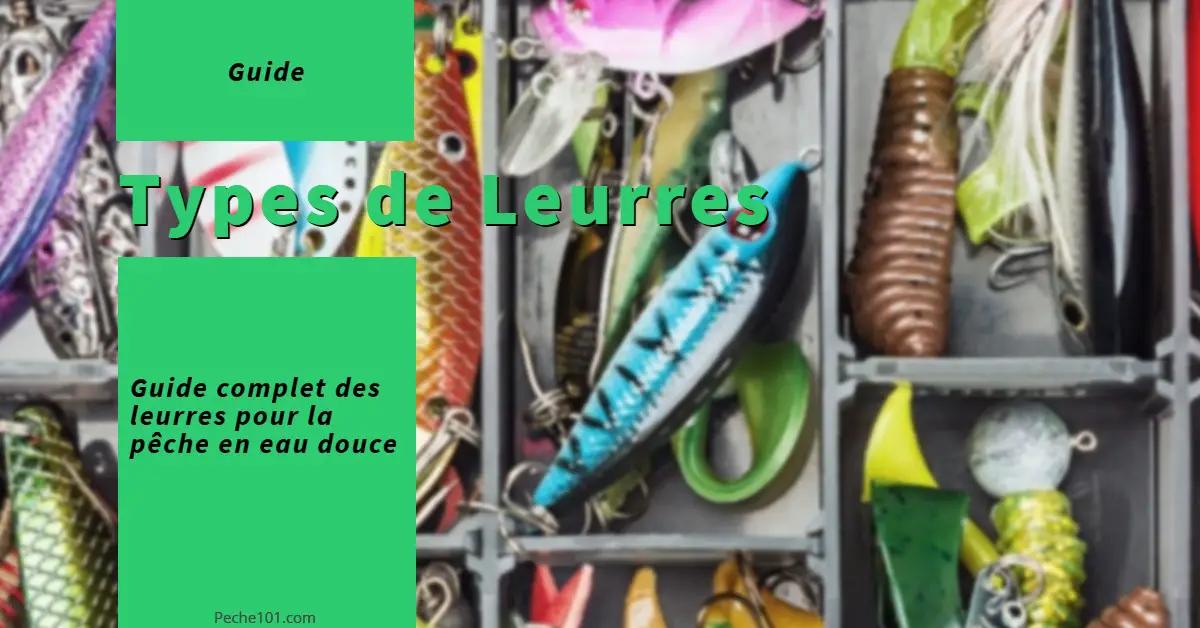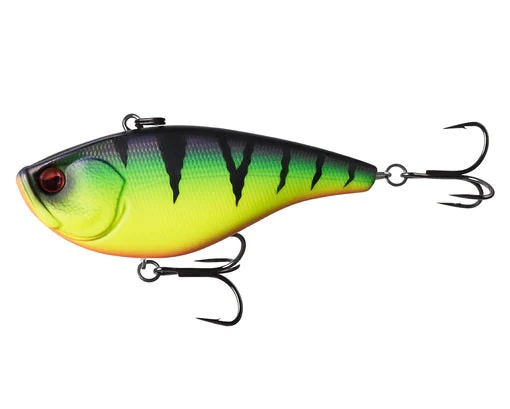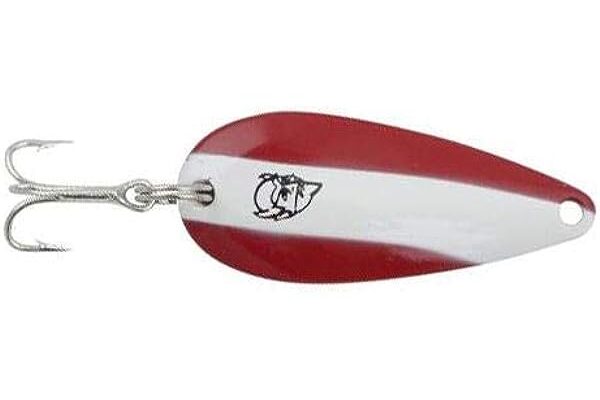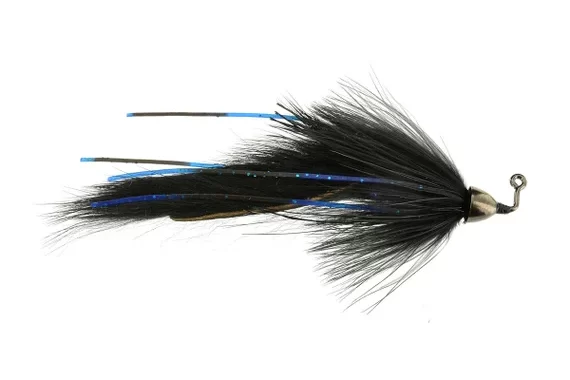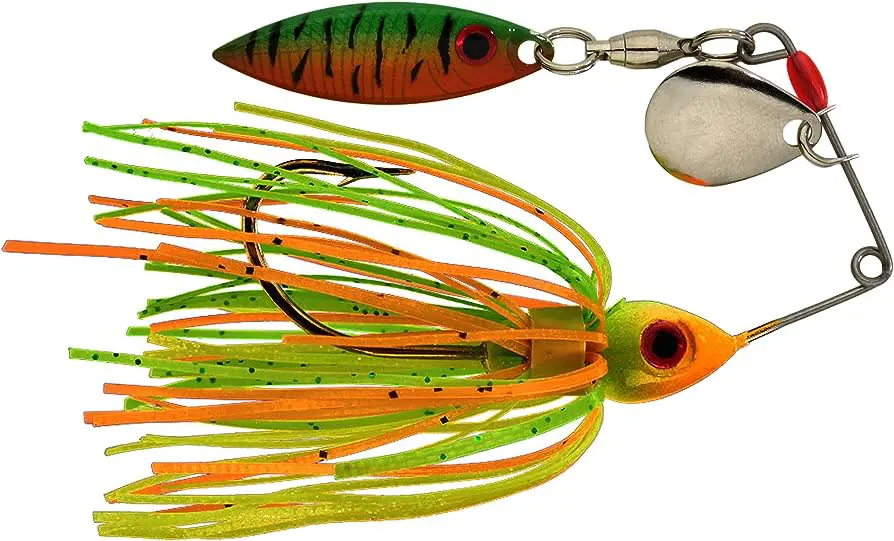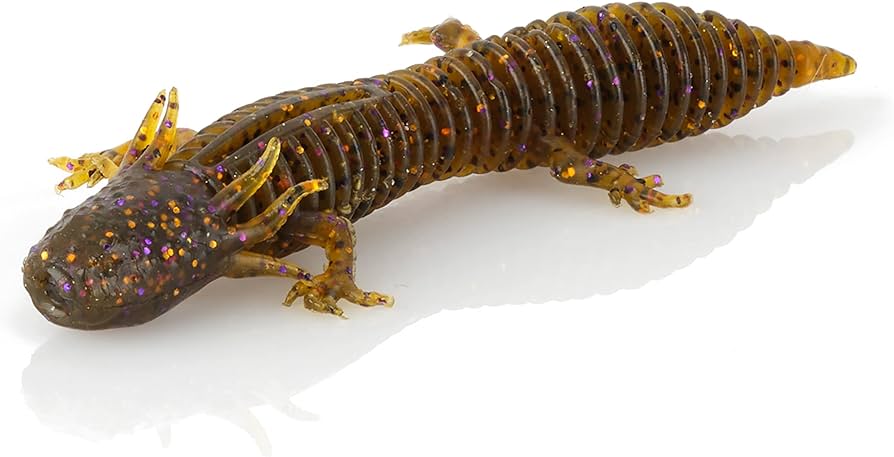If you've ever used a fishing lure, you know just how effective they can be.
A fishing lure is a type of artificial bait used to attract fish. They come in different shapes, sizes and colors, each designed to attract a specific specific range of fish species.
So how do you know which lure to use?
In this guide, we'll look at the most common types of fishing lures and how to use them.
If you normally use live bait such as earthworms or leeches, here's a quick overview of the advantages and disadvantages of fishing lures compared to live bait.
Article content
Lures vs Baits
Advantages:
- Lures allow you to cast further than live bait.
- Using lures is less messy than using live bait.
- They are better for catch-and-release fishing as the fish is less likely to swallow the hook whole.
- Lures allow you to target a species more precisely.
- They are easily interchangeable.
Disadvantages:
- Lures are generally more expensive than live bait.
- They can get stuck in the underwater structure.
- They require constant movement to attract fish.
- Some require a certain level of skill to be used effectively, making it more difficult for beginners.
- They are not as effective as bait in cold water.
Crankbaits
Crankbaits are made of hard plastic, shaped and coloured to resemble baitfish.
They float or dive abruptly when recovered.
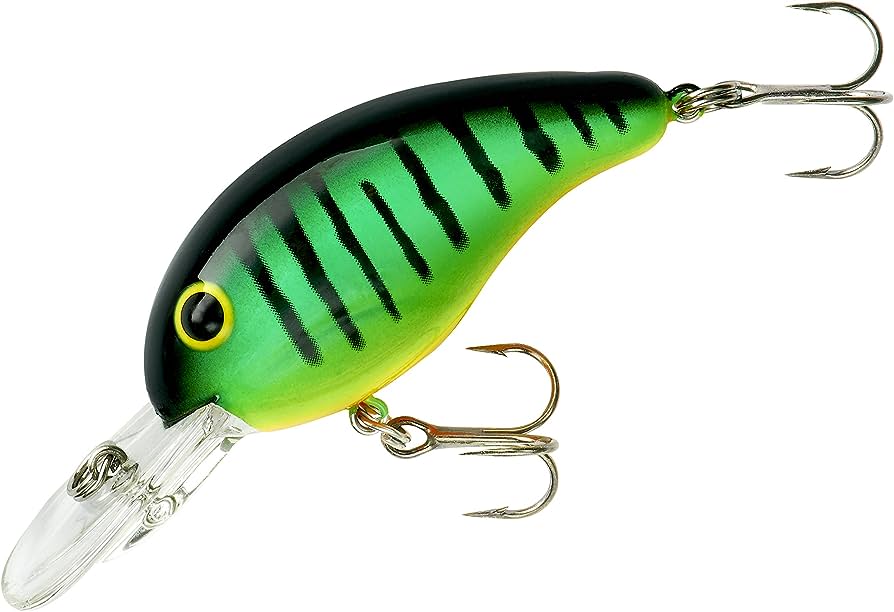
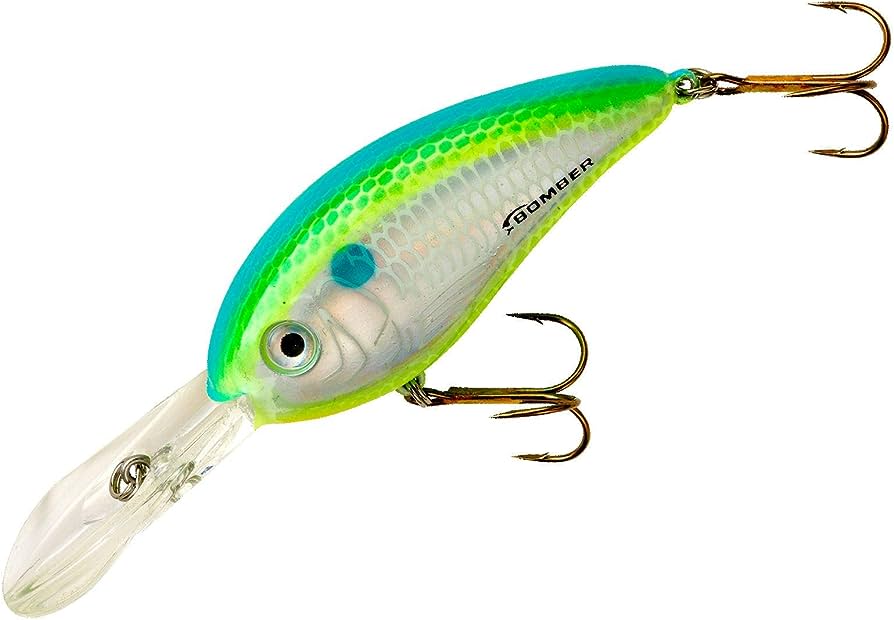
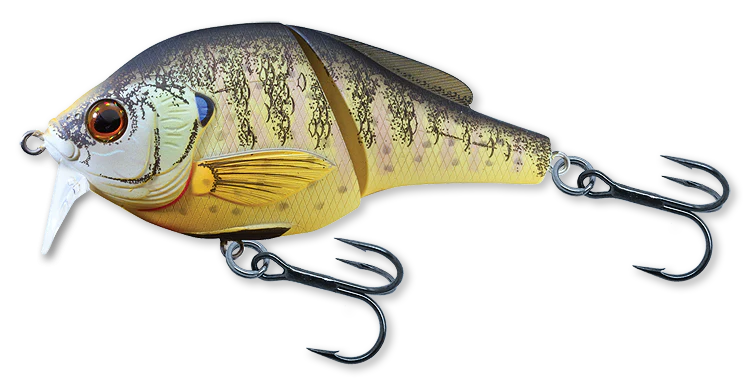
Vary your jerk intervals and retrieve speed to mimic the behavior of live baitfish.
Here's an overview of the different types of crankbaits and their strengths:
- Square bib crankbait
- Shallow waters
- Square bib prevents snagging
- Round bib crankbait
- Variable depths
- Explore different water layers
- Crankbait without bib
- Dive deep quickly
- Ideal for deep-water predatory fish
- Shallow diving crankbait
- Small bib
- Zones near the surface
- Medium Diving Crankbait
- Medium bib
- Versatile for a variety of situations
- Deep Diving Crankbait
- Large flap for deep lakes
- Targets large predatory fish
To find out more, see our guide to crankbaits and their use.
Jigs
Jigs have a weighted head on one side and a hook on the other. Thanks to their weight, they sink easily, making them ideal for bottom-feeding fish. Experiment with different movements and speeds to find what works best.
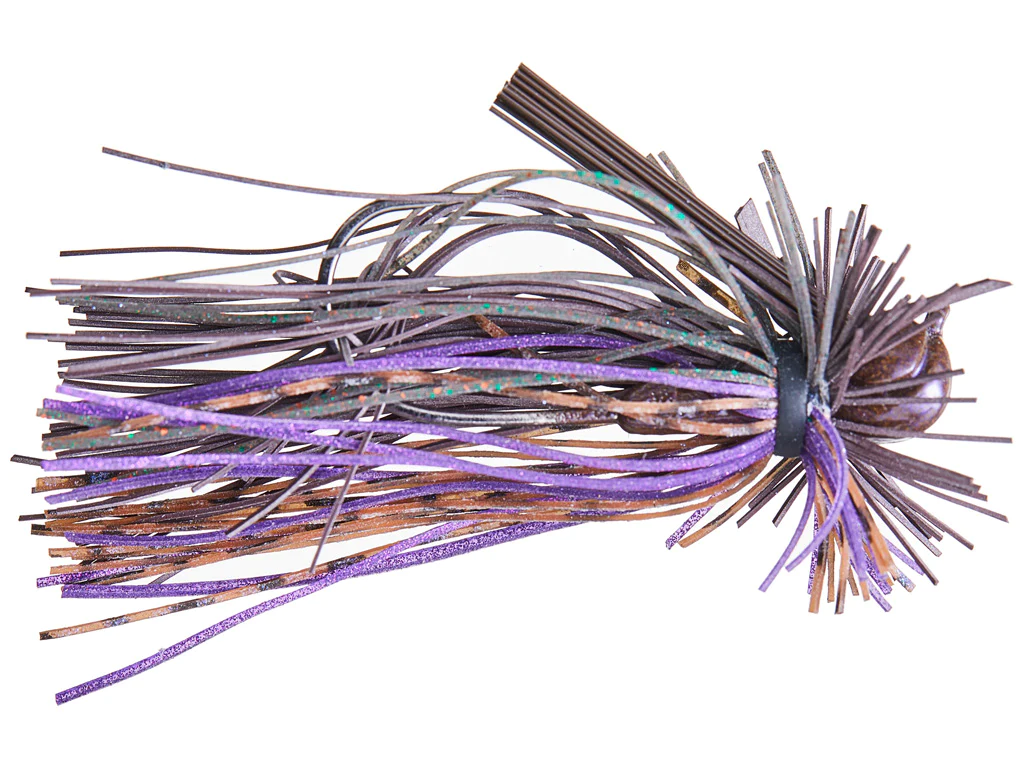
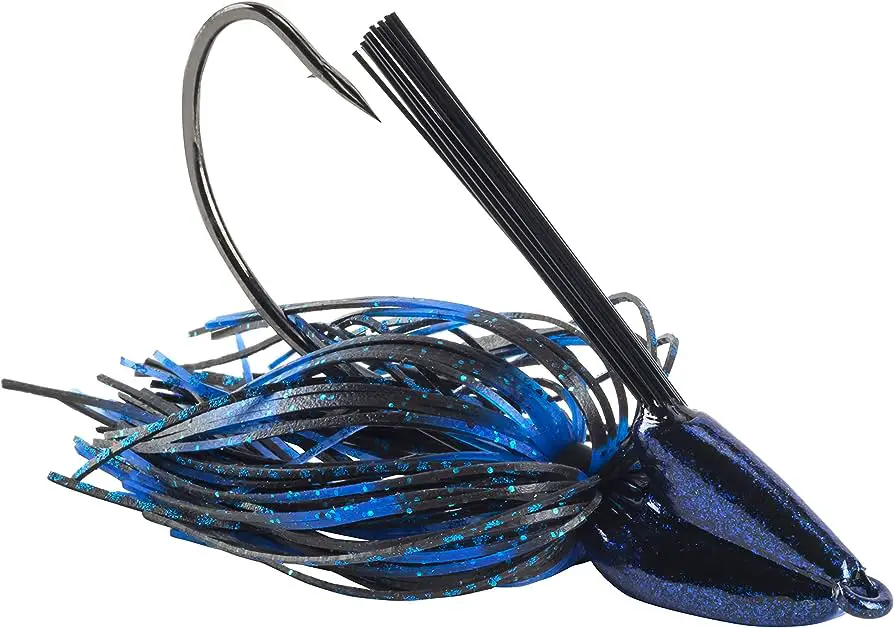
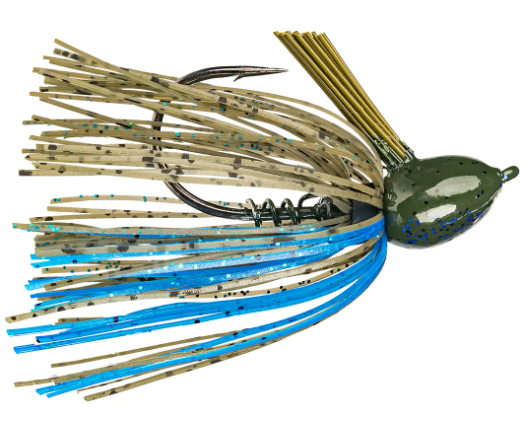
Here's an overview of the different types of Jigs and their strengths:
- Round Head Jig
- Spherical design
- For bottom fishing with worms
- Imitation of wounded prey
- Popular for walleye fishing
- Soccer Jig
- Imitation of escaping crayfish
- Navigate deep waters
- Effective for deep-water bass
- Swim Jig
- Tapered head
- Fluid swimming
- Ideal for seagrass beds, docks and logs
- Finesse Jig
- Single-head design
- Light and discreet
- Good for small fish
- Flipping Jig
- For precise throws in congested areas
- Compact, sturdy head
- Arkie Jig
- Single head with weed guard
- Effective for flipping
- Target bass near the bottom
- Hair Jig
- Light, slow descent
- Versatile in terms of depth
- Effective in dyed rivers
- Shaky Head Jig
- Lightweight lead head
- For fine plastic lures
- Good for rocky areas
- Ned Rig Jig (NRJ)
- Fine fishing technique
- Light mushroom head
- Crayfish imitation
- Tube Jig
- Imitation crayfish and baitfish
- Less recommended in spring
- Ideal for smallmouths
- Grass Jig
- Sails through the grass
- Streamlined design
- Target fish in vegetated areas
- Stand-up Jig
- Stands on the background
- Imitation baitfish and crayfish
- Efficient in deep water
- Wobble Jig
- Switching from one side to the other
- Wounded prey imitation
- Versatile for different environments
- Chatterbait
- Combines jig action and blade vibration
- Imitation of various prey
- Vibrating action to attract fish
- Punch Jig
- Designed for dense vegetation
- Robust hook
- Ideal for congested areas.
To find out more, see our guide to jigs and their use.
Spinnerbaits
The Spinnerbait is a popular fishing lure, particularly in Quebec where it is widely used for pike, bass and muskie.
Featuring a distinctive appearance with metal spoons, it emits vibrations and flashes of light underwater, making it irresistible to many predatory fish.
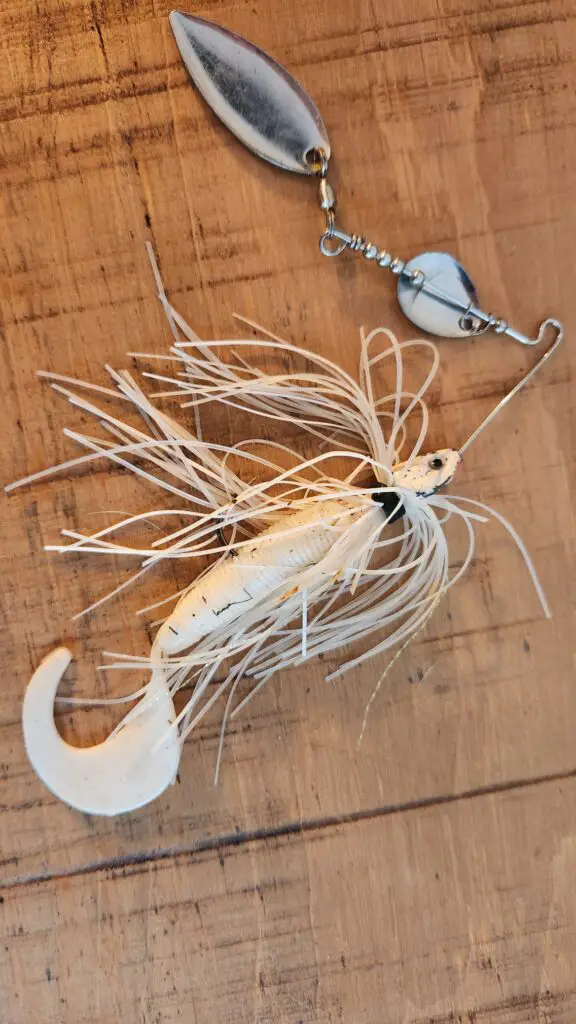

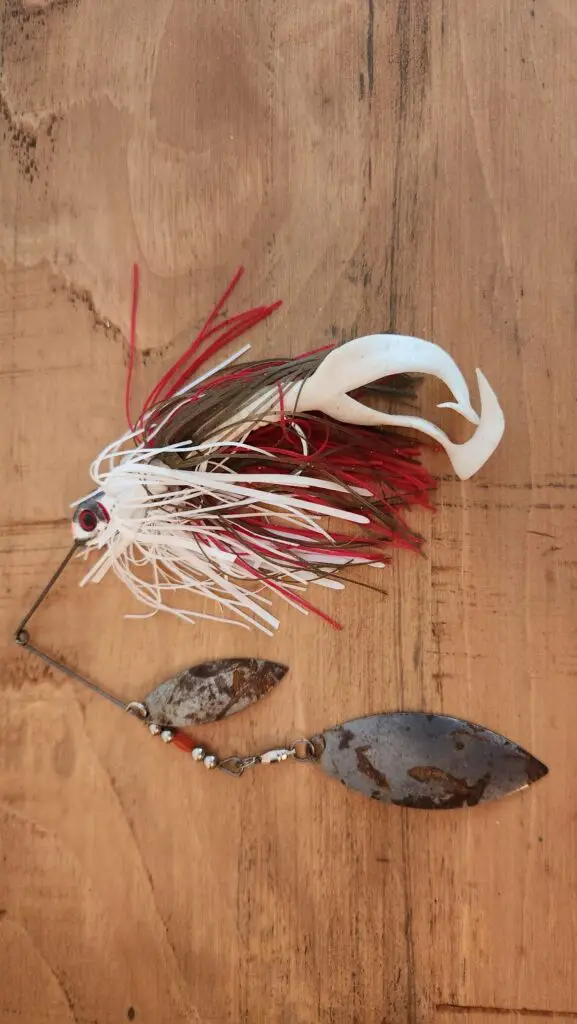
Its versatility lies in the various possible animations, such as simple linear or stop-and-go.
To optimize its effectiveness, it's essential to choose your spinnerbait according to its size, color, weight and type of spoon, such as the Colorado or Willow Leaf, to name but a few.
Key points:
- The Spinnerbait is an effective lure for pike, bass and muskie fishing.
- It features metal spoons that emit vibrations and flashes of light.
- Different animation techniques enhance its effectiveness.
- Selecting the right size, color and type of spoon is crucial.
- Colorado and Willow Leaf spoons are among the most popular types.
To find out more, see our Spinnerbaits guide.
Spoons
Spoons are key to fishing.
Spoons are made from a variety of materials, including copper, steel, plastic and brass.
Each spoon is suitable for a specific fishing technique and can target a variety of fish species such as trout, pike or walleye.
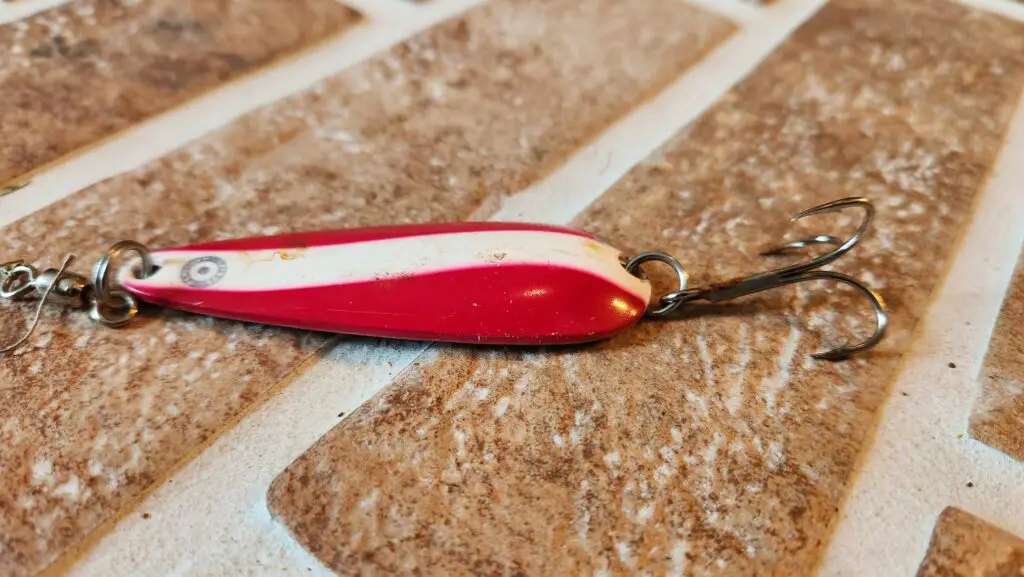
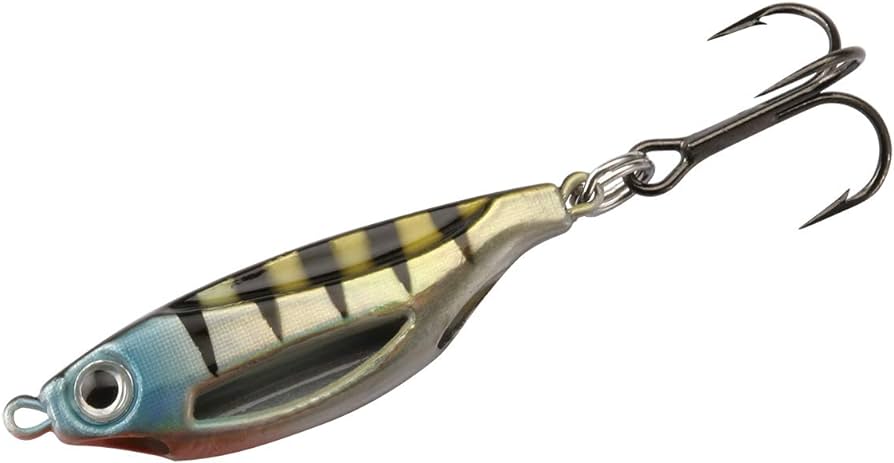

To optimize the fishing experience, it's crucial to understand the various types of spoons, their materials, and their uses.
Furthermore, when selecting a spoon, it is essential to take into account the type of fish targeted, the fishing environment and personal preferences.
Here's an overview of the different types of spoon and their characteristics:
- Weedless spoons (Anti-Herbs)
- Designed for areas overgrown with weeds, wood and other obstacles. They have a protected hook to prevent snagging.
- Traditional Casting Spoons
- With a curved, oval body, they generate a back-and-forth movement underwater. Effective for pike, walleye and bass.
- Trolling Spoons
- Lightweight and slender, they are designed specifically for trolling and target walleye, trout and salmon.
- Jigging spoons
- Used for vertical fishing at depth, they are heavy, thick and are mainly used for ice fishing.
- Silver Spoons
- Highly reflective and corrosion-resistant, they attract a variety of fish thanks to their brilliance.
- Copper coppers
- With their warm, golden hue, they are particularly effective in turbid waters and are generally less expensive than silver ones.
Each type has its own advantages, and experimenting with different models is often the best way to discover what works best in a given situation.
To find out more, see our spoon guide.
Soft Plastic Lures
Soft plastic lures are a must for every angler.
These lures, designed to convincingly mimic natural prey, are exceptionally effective at targeting a variety of fish species.
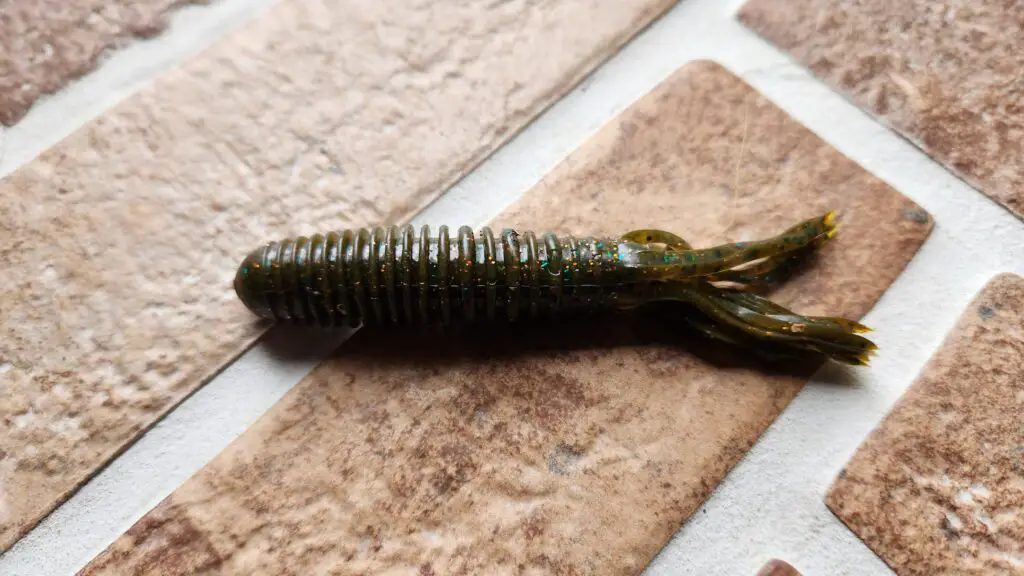
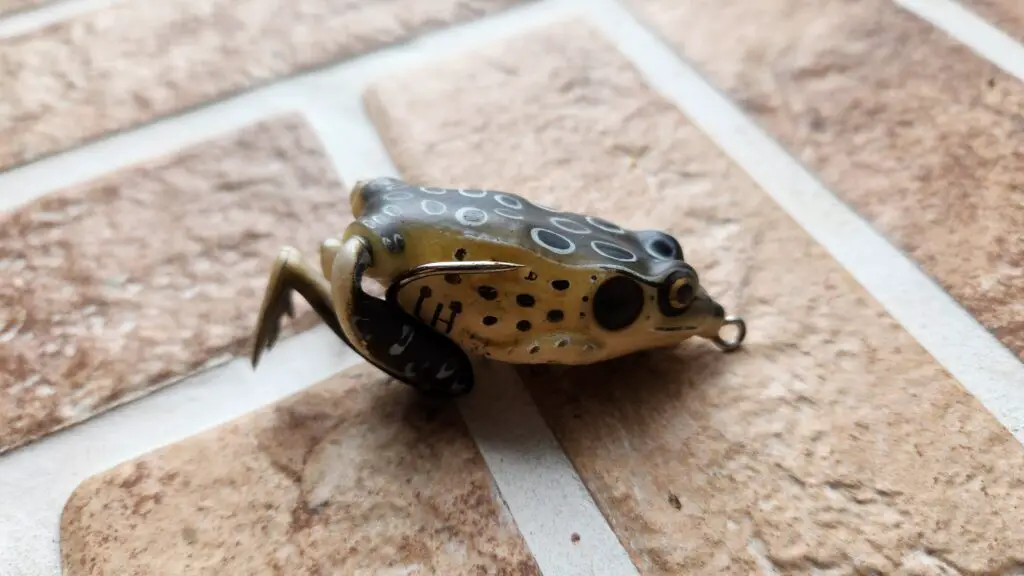
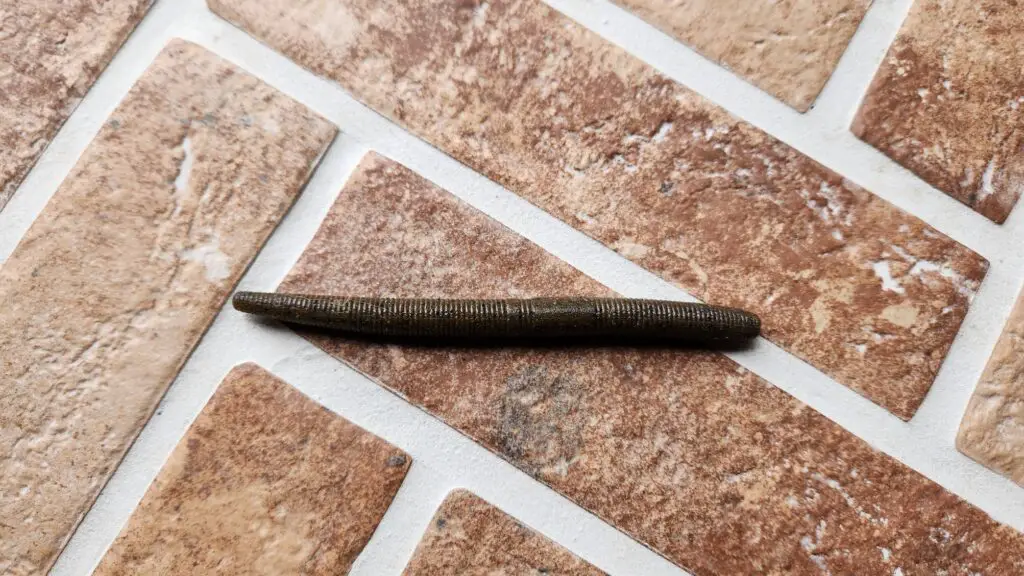
Here is an overview of the different types of soft lures that every angler should know about:
- Soft Plastic Worms : Perfectly imitating real worms, they are appreciated for their flexibility, suitable for walleye and bass fishing.
- Soft Plastic Crayfish : Resembling real crayfish, these lures attract bass, pike and walleye.
- Flexible Plastic Tubes Versatile, they can imitate insects or crayfish, and are often enriched with attractants to further entice fish.
- Soft Plastic Swimbait Designed to imitate a swimming baitfish, they offer a realistic swimming action thanks to their flexible tails.
- Soft Plastic Salamander These imitation salamanders are ideal for attracting fish such as bass.
- Soft Plastic Frogs : Perfect for fishing close to the surface, especially in heavily vegetated areas.
- Soft Plastic Jerkbaits These lures imitate the irregular movements of wounded fish, ideal for predatory fish.
Choosing the right soft plastic lure for the situation is crucial to a successful fishing experience.
To find out more, see our guide to soft plastic lures.
Flies
Flies are a type of lure traditionally used in fly fishing. Depending on the type of prey your target fish is likely to eat, you'll use dry flies, wet flies, nymphs, emergers and streamers.
Conclusion
Fishing lures are essential tools for all anglers. By understanding the different types of lures and how to use them, you can greatly increase your chances of success on the water. Whether you're an experienced angler or a beginner, there's a lure to suit your needs and the species you're targeting. So choose the right lure, cast your line, and get ready to catch the big fish!
